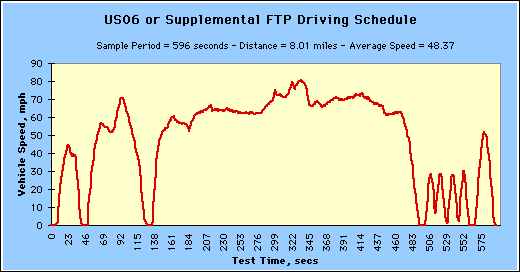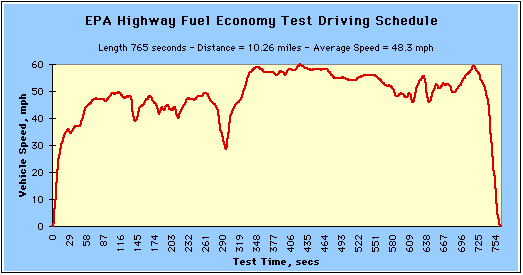S4WRXTTCS
Well-Known Member
I guess Porsche has successfully lowered the bar by testing the car in some horribly inefficient manner during their internal EPA testing.
My theory of what's going on it the low EPA numbers are both conservative, but not overly conservative. Where if you're doing city driving with lots of stop and go the efficiency is going to be worse than a lighter Tesla. Where if you're on the freeway doing 75+ then it's closer to it's sweet spot. After all it was meant for the autobahn, and not rush hour LA traffic like the Tesla.
I tend to favor more conservative range estimates due to all the factors that can change it. Instead of causing the customer grief in trying to figure things out it's better to adjust down a bit. Their entire market is customers that expect things to just work. They probably also realized there was no way they were going to compete range wise with a Raven refresh Model S.
I also wonder if they didn't study the range. From the Teslafi Leader board its clear that people aren't really exploiting the range the various Tesla models offer. In fact I can likely get on the top 50 board (for the Model 3) with my P3D if I really wanted to. Even for the Model S the minimum to get on is just over 266 miles, and yet the Raven refresh of the S has an EPA range of 373.
Sure I get that there aren't THAT many people on TeslaFi. But, to be honest one thing that would suck with the Taycan is giving up the functionality the TeslaFI website offers.
Last edited:




